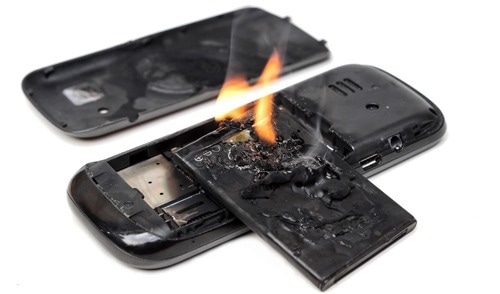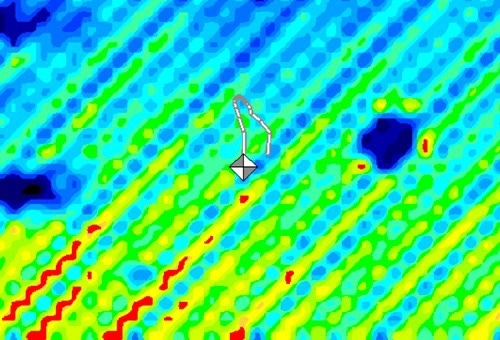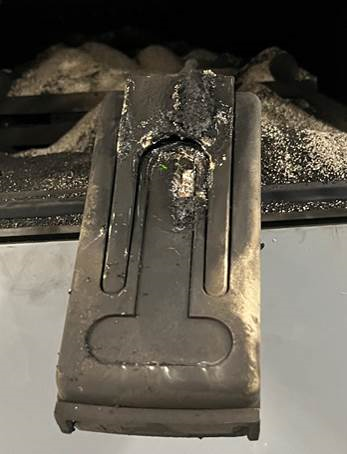Lithium-ion batteries have been at the forefront of the energy community in recent years. Lithium-ion batteries, from electronic devices to passenger vehicles, are a popular energy source because they pack a lot of power into a thin, lightweight container. They also maintain their performance after several recharge cycles, charging much faster than most conventional battery alternatives.

Image Credit: Tekscan, Inc.
They do, however, have some limitations; their high energy density in such a small space can mean disaster if any defects occur. Despite their inherent risks, battery developers and electronic device design engineers are challenged to push the limits of this technology to meet growing consumer demand.
Design Challenges of Lithium-Ion Batteries
For those unfamiliar with the mechanics of lithium-ion batteries, the US Office of Energy Efficiency & Renewable Energy offers an informative overview of the technology.
In summary, lithium ions migrate from one end of the battery to the other via the electrolyte, passing through a separator. While the battery is discharging and supplying electric current to a device, lithium ions move from the anode, across a separator, to the cathode. Conversely, during charging, lithium ions are released from the cathode, traverse the separator, and return to the anode.
As electronic devices continue to shrink in size, the crucial separating layers within lithium-ion batteries have also had to shrink in thickness. Consequently, there is an increased risk of metallic particles floating through the separating layer and potentially causing contact between battery components.
Any shorting caused by floating metallic particles can trigger a phenomenon known as "thermal runaway." This event can escalate rapidly, leading to a fire or even a violent explosion within seconds.
As such, safety vents are essential in the design of lithium-ion batteries to dissipate rising temperatures that can lead to thermal runaway. However, any defects in these vents can result in temperature elevation and the accumulation of unsafe pressure levels within the battery.
Pressure Mapping to Improve Lithium-Ion Batteries

Figure 1. Display of peak pressure changes while a lithium-ion battery is in use within a device. Image Credit: Tekscan, Inc.
As depicted in Figure 1, a pressure mapping sensor was strategically placed between an electronic device and a lithium-ion battery to monitor pressure variations under various operating conditions. During this test, a discernible alteration in the center of force (highlighted by the gray and white diamond trail) was observed over the testing duration. This variation could be indicative of an expansion caused by a faulty vent in the battery.

This I-Scan evolution pressure mapping handle gave it's life in service of testing for thermal runaway. Image Credit: Tekscan, Inc.
Pressure mapping technology has many other uses to test lithium-ion battery durability and design, including from within different operating environments (e.g: responses to airplane cabin pressure changes), high-speed impacts, and other tests.
Pressure mapping technology has various applications in testing the durability and design of lithium-ion batteries. These include evaluating responses to different operating environments, such as changes in airplane cabin pressure, and conducting high-speed impact tests and other assessments.

This information has been sourced, reviewed and adapted from materials provided by Tekscan, Inc.
For more information on this source, please visit Tekscan, Inc.